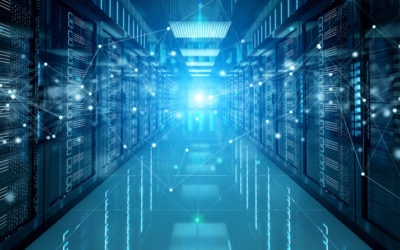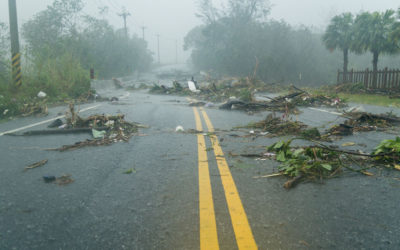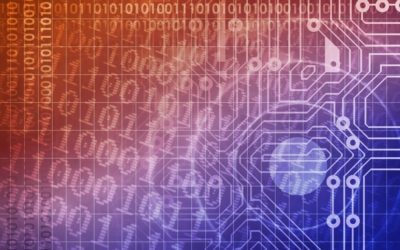Can you restore what you need to, right now?
Many companies have workloads in many places and in many forms. Split amongst virtual and physical, on-premises and cloud or multi-cloud, priority for these systems is keeping them running and available. Years ago, the “P2V conversion movement” dealt with transitioning aging physical servers into their new homes as virtual machines. This solved a number of problems, mostly hardware that was old, no longer supported, out of warranty, or simply “could not be turned off” for application reasons.
Fast forward many years, and the issue still lives. Industries, and customers, demand availability, no matter what the source. The question now becomes one of keeping things running no matter where they exist, specifically when you need to restore the system for some reason.
Can Veeam back up physical servers?
Veeam® Software, a leader in Cloud Data Management, and the pioneers of instant virtual machine recovery, provides the recovery solutions you need. Veeam started as a virtual-only solution but began offering agents for physical servers in 2017. Veeam has been able to restore any Veeam agent-based Windows into Hyper-V for a time now, but with Veeam Backup & Replication v10 released in February of this year, any Veeam-based backup of a workload can be restored as a VMware vSphere virtual machine. According to Veeam’s documentation, this includes:
- Backups of VMware vSphere virtual machines created with Veeam Backup & Replication
- Backups of vCloud Director virtual machines created with Veeam Backup & Replication
- Backups of Microsoft Hyper-V virtual machines created with Veeam Backup & Replication
- Backups of virtual and physical machines created with Veeam Agent for Microsoft Windows or Veeam Agent for Linux
- Backups of Nutanix AHV virtual machines created with Veeam Backup for Nutanix AHV
- Backups of Amazon EC2 instances created with Veeam Backup for AWS
- Backups of Microsoft Azure virtual machines created with Veeam Backup for Microsoft Azure
This solution utilizes Instant VM Recovery and a new instance of that system or workload can be up and running in a vSphere environment in minutes or even seconds, allowing you to P2V or even V2V systems easily and without additional hardware or cost, assuming you have a vSphere environment with sufficient resources available.
For Global Data Vault, this provides additional disaster recovery options and flexibility to benefit our customers.
More DRaaS & BaaS Articles
What is an RTO? RPO?
The first step of any backup and disaster recovery plan will be to establish the amount of recoverable information that is essential to your business success. These two factors, RTO (recovery time objectives) and RPO (recovery point objectives) will set the stage for...
Preparing your business for hurricane season
[lmt-post-modified-info] In the United States, June 1st marks the beginning of hurricane season. With everything else 2020 has given us, we hoped for a reprieve from at least one bad thing this year, however NOAA is predicting a busy season with an above-normal number...
Next Level Backup Protection
Physical and logical security are two important factors when considering backup files. Modern restore capabilities allow for entire virtual machines and systems to be brought back online from a backup very quickly, assuming that a local/on-premises version is...
Veeam Availability Suite v10 has impressive new capabilities
Veeam Backup & Replication v11 is Here! The V11 update was released in March 2021. As usual, the list of new features is extensive. Click through for a post in which we focus on the new capabilities that are important to Global Data Vault, our partners, and our...




0 Comments